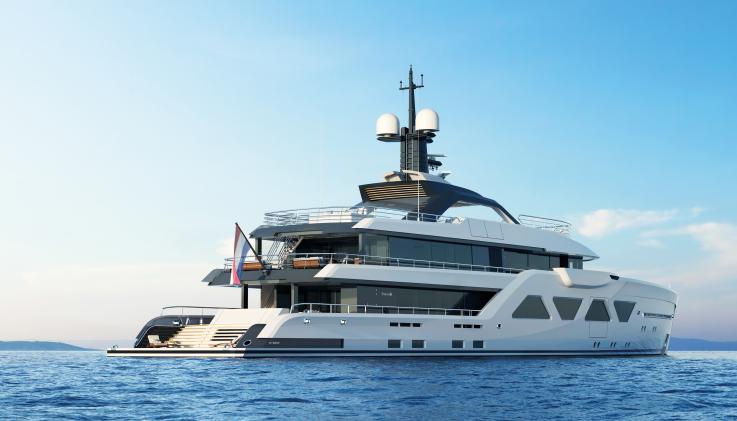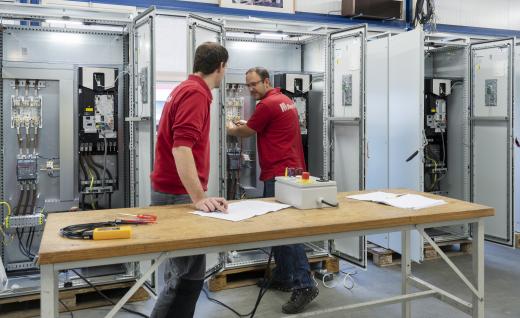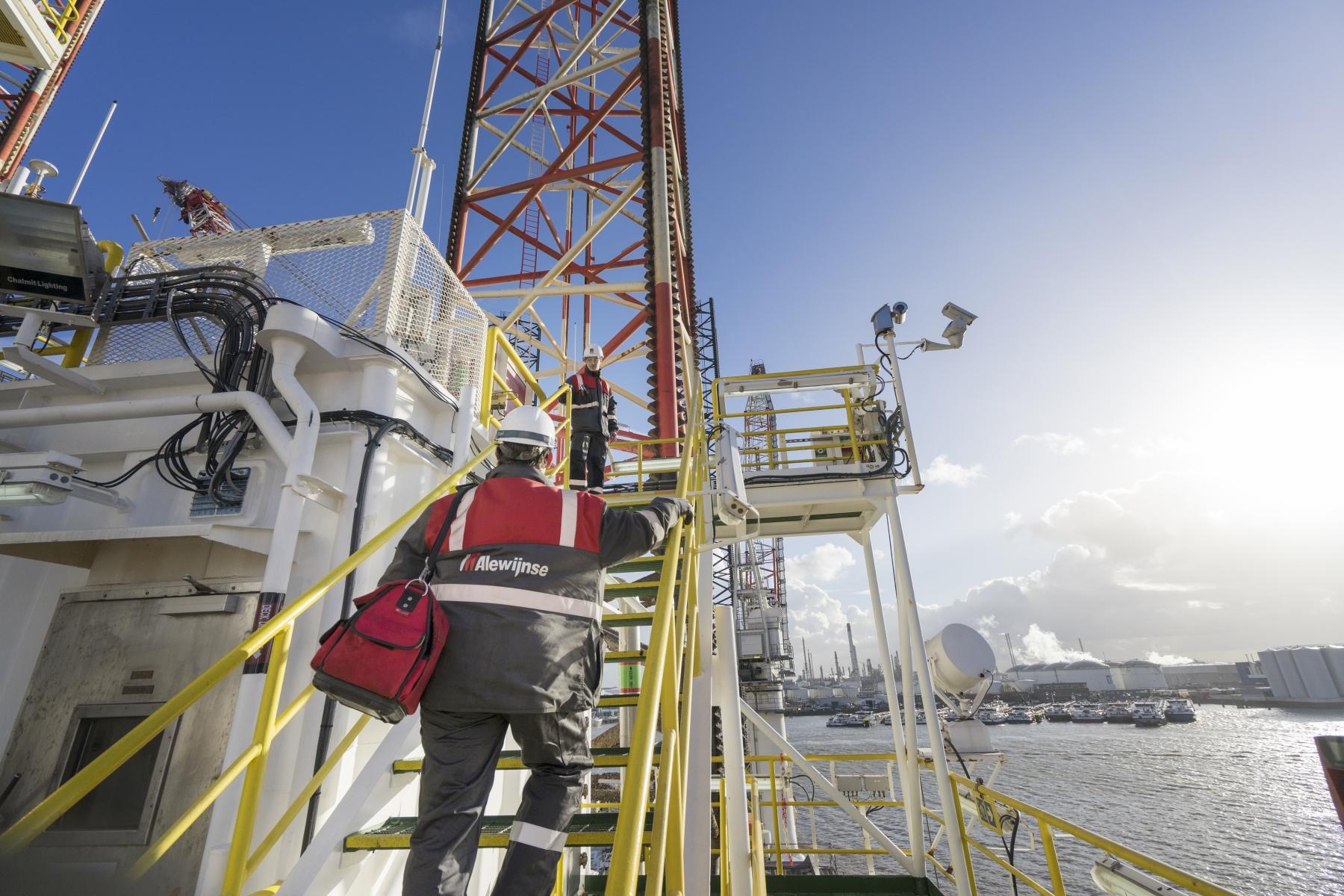The wow-factor of working on board a superyacht
The wow-factor of working on board a superyacht. How do we make sure that everything works on a yacht? An insight into the creation of electrical systems on board.

Superyachts have evolved greatly over the years and are more luxuriously equipped than ever.
Building luxury yachts has always had a certain wow-factor. They are beautiful and elegant, but what you cannot see under the sleek exteriors and behind the beautifully decorated interiors are the sophisticated electrical installations that ensure that not only vital systems such as radar and lighting work consistently and reliably, but also that less essential but still important features such as the jacuzzi and the kitchen appliances are also available on demand. So, just how do we make sure that everything works on board a yacht?
Distributing electricity to where and when it is needed
To get electricity to the equipment where it is needed and in the right amounts, the yacht needs switch panels and main distributors. At Alewijnse we have been designing and building these critical electrical components for both industrial and maritime applications for many years. Based on the equipment on board as specified by the owner and his design team, the engineer calculates what and how much power is needed. The electricity distribution and management system is then designed and set up on the basis of these data. Once the design is ready, it is then the turn of the assembly crew to build the control panels and main distributor.

More luxuriously equipped than ever
Jaap Kuit worked as a hardware engineer together with Eric Heufkens, mechanic, on the design of the first yacht from the AMELS 60 series. "The superyachts built by industry-leader Amels have evolved greatly over the years and are more luxuriously equipped than ever,” says Jaap. “More luxury usually means more equipment and accommodation. As a result, the space available for the engines and the electrical installations becomes smaller and smaller."
"By designing the installation in 3D, I know exactly what the size of a switchboard can be and where to place all the components in the main distributor. From the design stage right up to the implementation, work planners, technicians and hardware engineers are all in constant contact with each other regarding the (im)possibilities and proposed solutions for the project."
"It is a complex and sometimes unpredictable business. Eric sometimes has to deal with unexpected changes in the design. “Sometimes parts are no longer available and the replacements can turn out to be either smaller or bigger,” says Eric. “If it is the latter then it may no longer fit. Then it is back to Jaap to see how we can set it up in a smarter way to make certain that everything fits again while the panel remains logical and systematic."
With Amels we apply a standard design for each of their semi-custom, Limited Editions yacht series, but they are inherently flexible so we can deviate from them when needed. If a new owner requires more or less electrical equipment on board than specified in the basic design, we will modify the standard electrical plan to make sure the necessary power required is available. The challenge is to devise a perfect plan for the first yacht of each series so that subsequent adjustments to the design require less time.
Innovative new developments such as ships’ propellers that are no longer directly driven by diesel engines, but instead are powered by electricity and may even generate energy under certain conditions, demand more complex switchboards. The fact that the world of luxury yachts is changing so rapidly makes it very interesting for us as a switchboard construction team.
Alewijnse hardware engineer Jaap Kuit
Ready for innovation?
Lets connect!